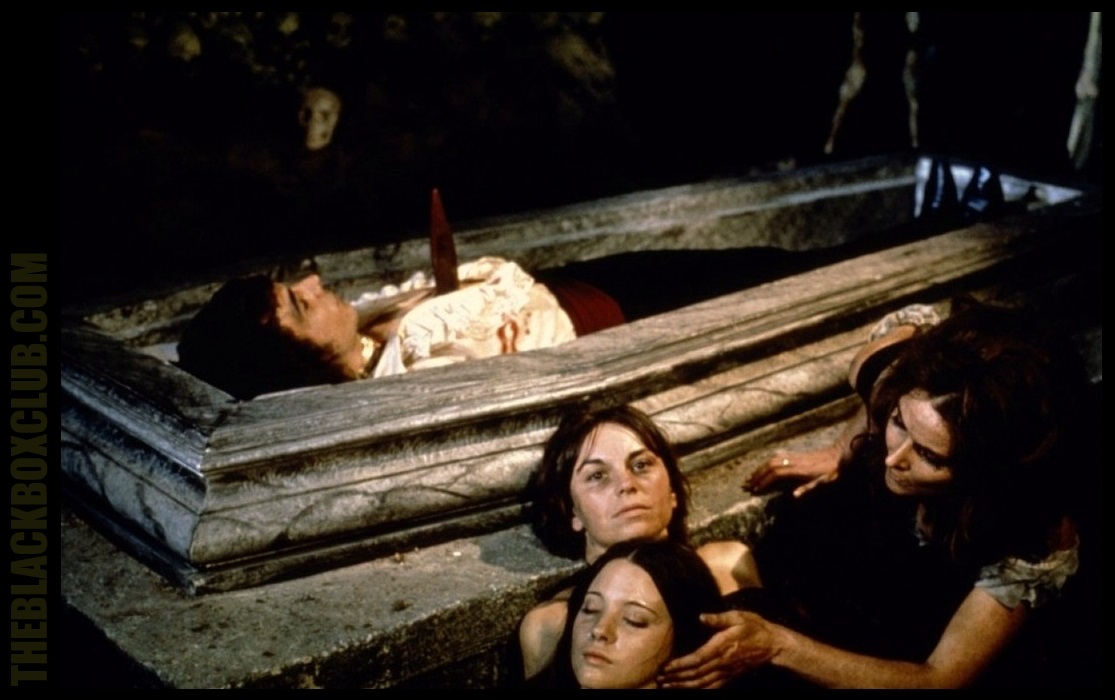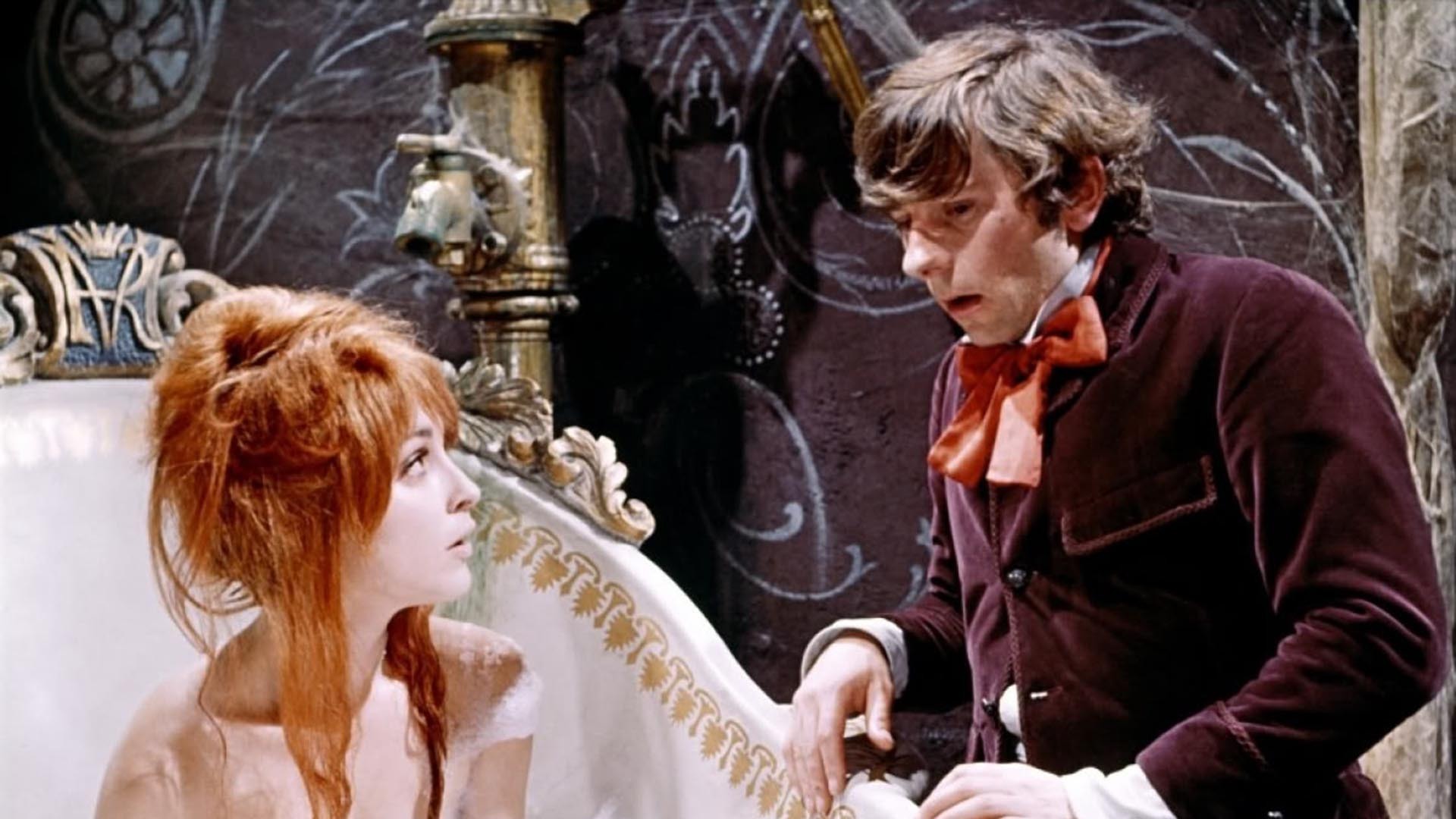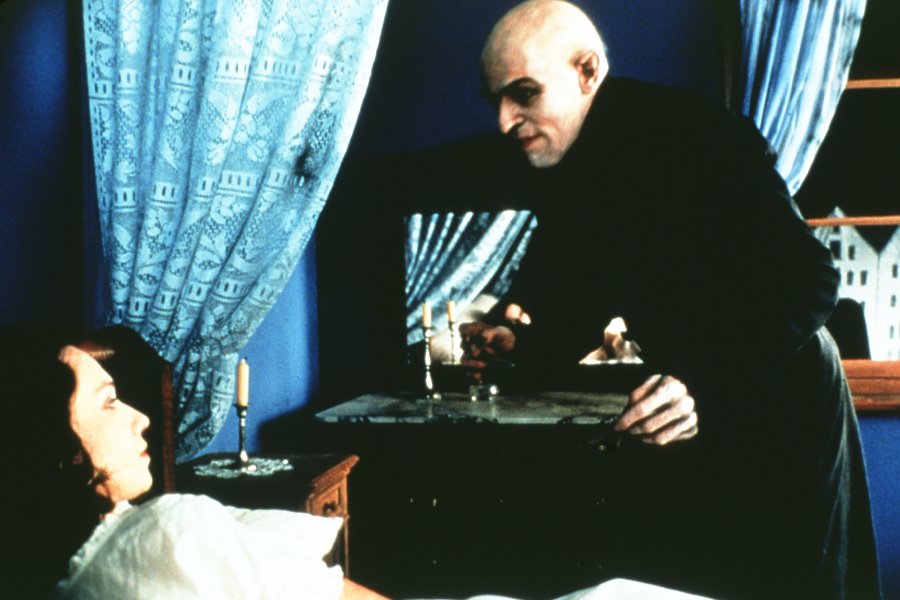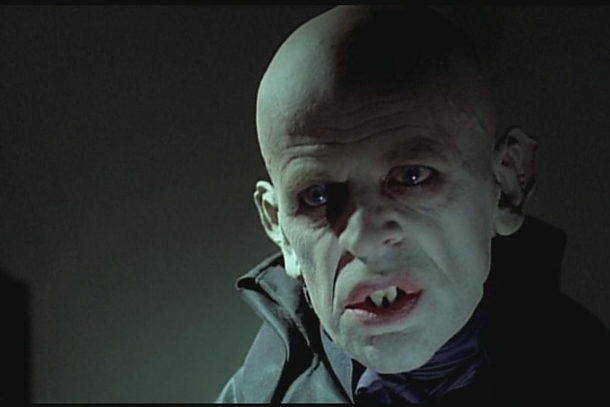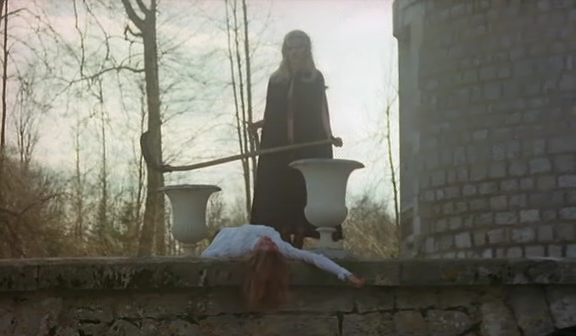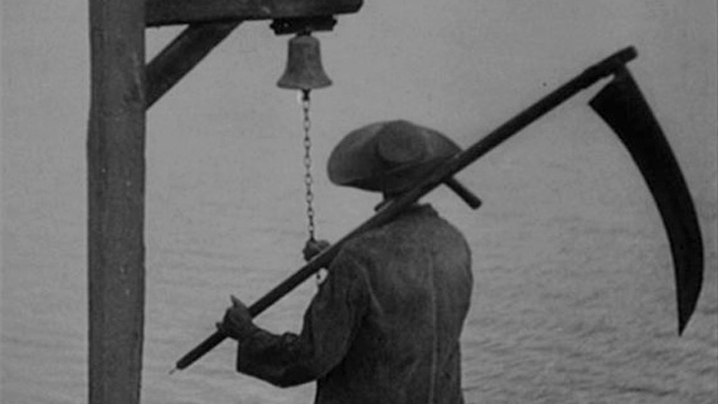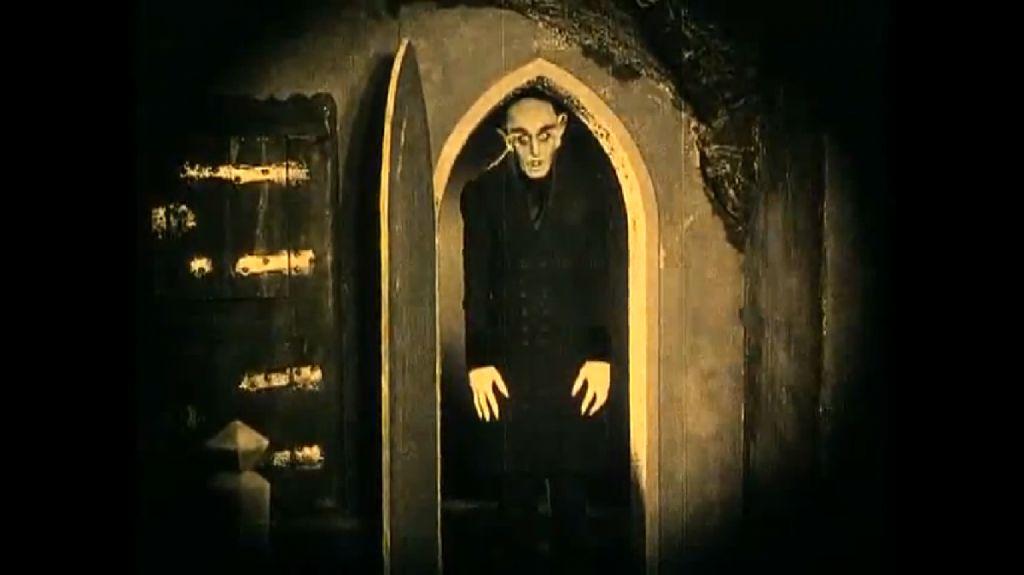10. Vampire Circus (Robert Young, 1972)
Vampires meet circus’ involving aesthetics in this Robert Young’s film scripted by Judson Kinberg. The result is a solid work, currently seen as one of Hammer Film Production’s last works worth to be seen and a gem of horror cinema that doesn’t stops gaining adepts.
The plotline follows a vampire circus solving some villagers’ plague problem with something disturbing as the village children start to disappear.
9. Martin (George A. Romero, 1976)
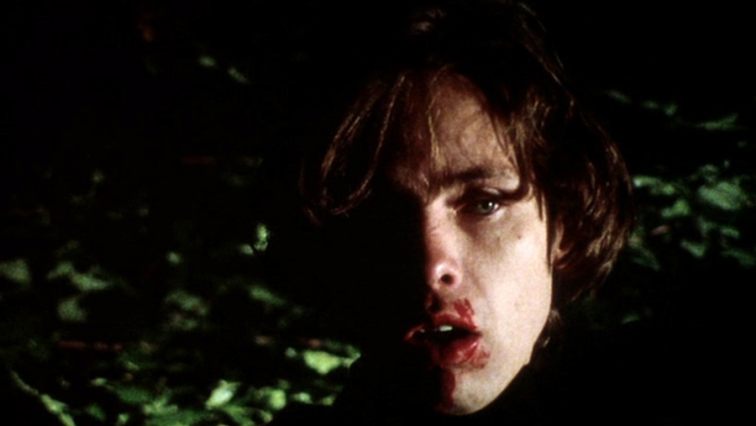
Gorge A. Romero regards Martin, the beginning of his successful collaboration with Tom Savini, as his favorite work. The film immediately gained overall acclaim and is currently seen as one of the best horror films ever made.
Carrying the tasteful mixture of gore and social criticism only Romero is capable of, Martin is an allegory of the power of imagination and its use as means for escape.
Convinced of being a vampire, young adult Martin struggles to defeat his inner urges, something that will become especially difficult after he moves to a nearly death town. This film is ranked the 86th in Time Out’s Best Horror Films.
8. The Fearless Vampire Killers (Roman Polanski, 1967)
A film only the genius of Polanski could have made, The Fearless Vampire Killers is a dark and charming surrealistic parody of the by-then popular Hammer Productions horror flicks. Polanski struggled a lot with this one. Yet, he seems to have enjoyed it.
The film follows Professor Abronsius (Jack MacGowran) and his assistant Alfred (Roman Polanski himself) as they arrive to a Transylvanian town seeking for vampires.
7. Shadow of the Vampire (E. Elias Merhige, 2000)
A fictionalization of the production behind the legendary Nosferatu, eine Symphonie des Grauens, Shadow of the Vampire is a theater-like work that stands for itself.
Nosferatu’s main star seems disturbingly committed with his role as strange things begin to happen and director F.W. Murnau’s response is to finish the movie no matter what.
The plotline may lose a bite of charm by being continuously read. However, it actually works as an allegory of the tiny line between commitment and obsession that even tarnished Merhige’s cult gem Begotten, today sold as “The extraordinary first film from the director of Shadow of the Vampire.”
6. Nosferatu: Phantom der Nacht (Werner Herzog, 1979)
Werner Herzog’s adaptation of Nosferatu, eine Symphonie des Grauens was immediately regarded as a fair and delightful tribute to what Herzog called the best film ever made in Germany.
Without damaging Murnau’s masterpiece or pretending to overcome it, Herzog’s work balances the tension and dream-like atmosphere surrounding Dracula’s story in order to carry a deeper exploration upon the character’s solitude.
As a result of the expiration of Dracula’s copyright, the inconvenience behind Nosferatu’s birth, Herzog was able to use Bram Stoker’s original characters names in this, which is perhaps his most personal work.
5. Fascination (Jean Rollin, 1979)
A charming and erotic allegory about the symbolism of vampirism, Fascination is the closest Jean Rollin film ever came to a masterpiece. Obsession, fear or perhaps just fascination with life, Rollin made use of the most of his resources exploring the meaning of the seductive power vampires produce among people.
Set in 1905, Fascination follows Mark, a thief escaping from authorities and especially from the associates he has just betrayed. Making his way to London, Mark seeks refuge in a mansion protected by two seductive chambermaids. Mark’s presence in the mansion seems to be found seductive by the women, though they might be making their own plans for him.
4. Bram Stoker’s Dracula (Francis Ford Coppola, 1992)
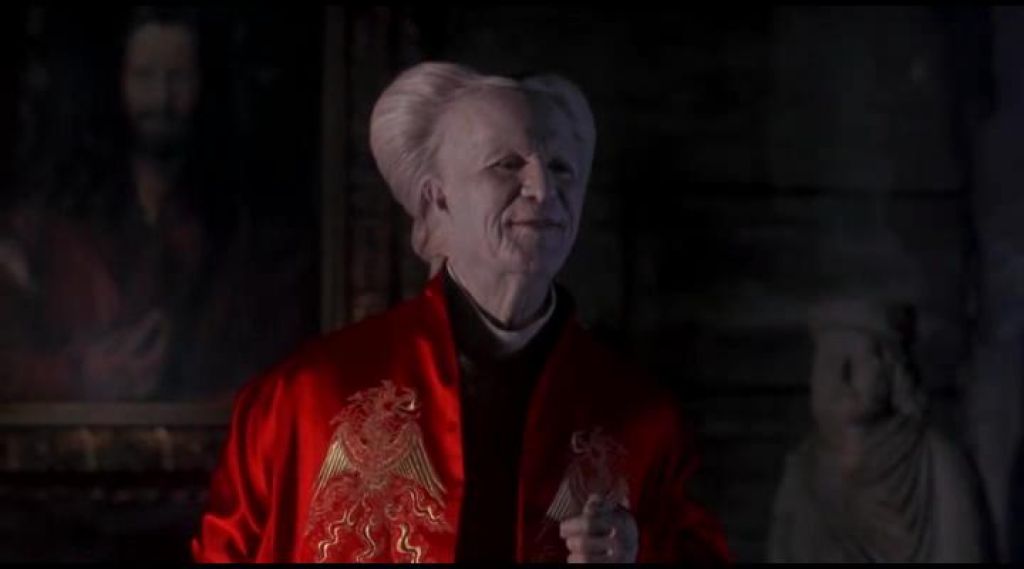
Dracula meant a comeback for Francis Ford Coppola. The film met the financial success Apocalypses Now lacked and was warmly received as the redemption Dracula needed after many mediocre titles.
In a way, Coppola’s film recalls some of the essence of Bram Stoker’s classic. Immigration, colonialism and the depictions of Victorian culture are not just treated as mere decorations but rather as an important part of the the story. Also, Coppola respected the epistolary narration style from Stoker’s novel.
Despite the above mentioned, the film’s strength is due to its actors; Coppola considered them the true jewels of his feature and even spent a considerable amount of budget on the character costumes they wore.
Gary Oldman’s Dracula is simply superb. Wynona Ryder depicts Mina’s progressive rendition to Dracula’s seduction and Anthony Hopkins’ Van Helsing’s obsession with the Count. Only Keanu Reeves’ performance of Jonathan Harker seems to have been negatively criticized.
3. Dracula (Tod Browning, 1931)
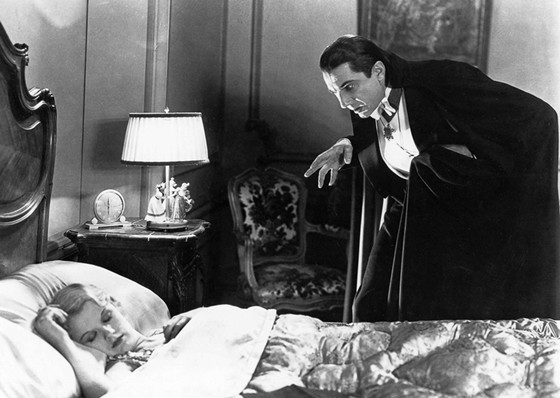
Perhaps the most iconic Dracula film ever made, Browning’s Dracula’s impact is mostly due to Bela Lugosi’s performance of the Count. The character, originally intended to be played by Lon Chaney, is well-played by Lugosi as his most well-known performance and became a key figure in the history of horror cinema.
Taking the by-then clandestine Nosferatu as a source of inspiration and loosely based upon Bram Stoker’s novel, the film follows Count Dracula’s seek for Mina from his possession of solicitor Renfield.
2. Vampyr (Carl Theodor Dreyer, 1932)
Carl Theodor Dreyer’s debut in sound films was this free adaptation of J. Sheridan Le Fanu’s In a Glass Darkly. Though today it’s considered as a superb masterpiece, Vampyr was a financial and artistic disaster, and even as one of Dreyer’s worse works back then.
Today, Vampyr is regarded as one of the most suitable introductions for classic horror films and as a playful but serious exercise of irrationality whose gold requires patience from the viewer. Its experimental filming and dream-like narrative techniques were ground-breaking for cinema, something Dreyer consciously attempted those days.
Vampyr follows the journey of Allan Gray, a young man whose obsession with the supernatural leads him to a ghastly village where he will be able to learn something about vampires.
1. Nosferatu, eine Symphonie des Grauens (F.W. Murnau, 1922)
Nosferatu’s story is legendary. Due to Prana Film’s lack of success in obtaining the rights to Bram Stoker’s novel, Friedrich Wilhelm Murnau directed an unauthorized adaptation of it. The result was one of the most influential and ground-breaking masterpieces ever made and Prana Film’s bankruptcy due to copyright infringement.
Nosferatu, considerably covered by press and critics, was condemned to destruction. However, it survived and clandestinely circulated all around the world while increasing its cult status and ironically contributing to the massive sales of Dracula.
The film, a masterpiece of German expressionism, is regarded as one of the most important films in horror cinema history and as a definitive referent for the development of the language of cinema.
Special mention: A Girl Walks Alone at Night (Ana Lily Amirpour, 2014)
A Girl Walks Alone at Night is an outstanding Iranian production. Sly, paused and beautiful, the film follows a solitary creature walking in a ghost-like Iranian town where fantasy and reality meet.
Author Bio: Emiliano is a 23-year-old Ethics and Logic professor in a mexican high school, his favorite directors are Gaspar Noé, Lars von Trier, Stanley Kubrick and Wim Wenders.
